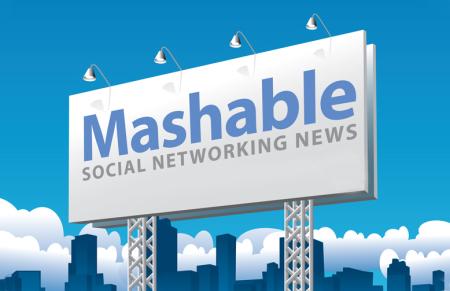
Recently there has been a question as to whether or not books are obsolete. I think it depends on your definition of a book. Are E-readers books? Kindles? Hardcovers? Paperbacks?
I do believe that with the emergence of electronic media into the print word, the book will in fact expand. Writers will be able to publish their own material via PDFs. (Portable Document Formats). They will then be available to load onto computers and electronic readers.
Although I am a big, BIG fan of electric readers, and I mean for pleasure not scholarly material, I can also appreciate a good paperback novel. I notice my tendencies are to purchase new authors, one’s I have never heard of, for my E-reader. Meanwhile, I will purchase a paperback in support of my author that I may or may not have been following for many books or years.
I also do not believe that pleasure books are obsolete because many authors now write in series and draw readers in. Readers eventually become fans of the author and not just the characters, plot, setting, etc.
I think that the 2007 release of the Kindle and the mass sales it caused just proves that reading is not dead. Neither is a good book. My personal E-reader is pretty awesome. It is ink pressed against a page. I have an early model so things have changed and Sony now releases touch screen apparatuses, but I still like the original model.
I suppose, like I said earlier, the book may be obsolete but that depends on your definition of a book. Personally I think a book is text or photos, not a physical object.
 The current model of the Nook Color is built on the Android 2.1 operating system. This is the same mobile operating system used to run on many smart phones. Currently users have access to a full web browser; early next year the Nook Color will upgrade to Android 2.2, allowing it to play Flash videos.
The current model of the Nook Color is built on the Android 2.1 operating system. This is the same mobile operating system used to run on many smart phones. Currently users have access to a full web browser; early next year the Nook Color will upgrade to Android 2.2, allowing it to play Flash videos.










